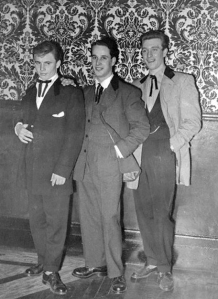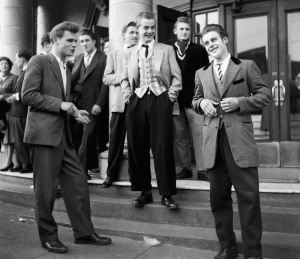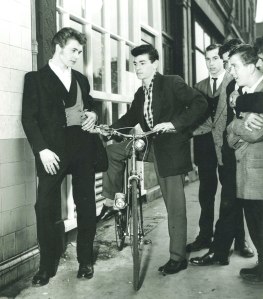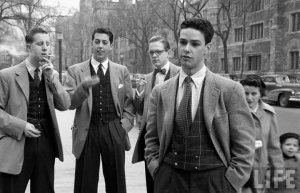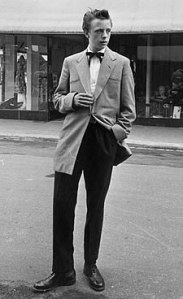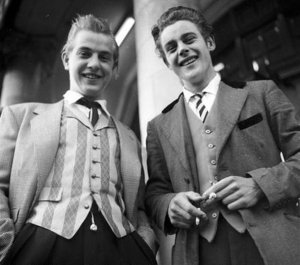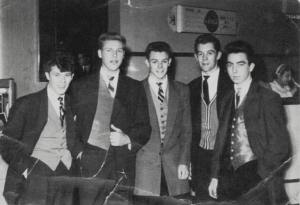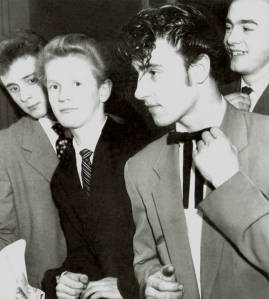Working
with romanticism means getting involved beyond the limits of love for
the object. It’s about ardour, and melancholia created by passion.

Reflecting back after a decade of travelling the world shaping surfboards, Tristan Mausse decided to dedicate his recovery to writing a book entitled “Glass Shops”. He felt there was a story to be told, of the journey he shared with his ‘factory brothers’, and the shaping legends he met along the way. "My travels brought me a better knowledge of the sea, a more varied surfing style, and a growing passion for the ocean."
We sit with Tristin as he shares his memories from California, Australia, Bali and Europe, of his failures, successes, his surfing, justifying his refusal of mass production and his obsession with quality.
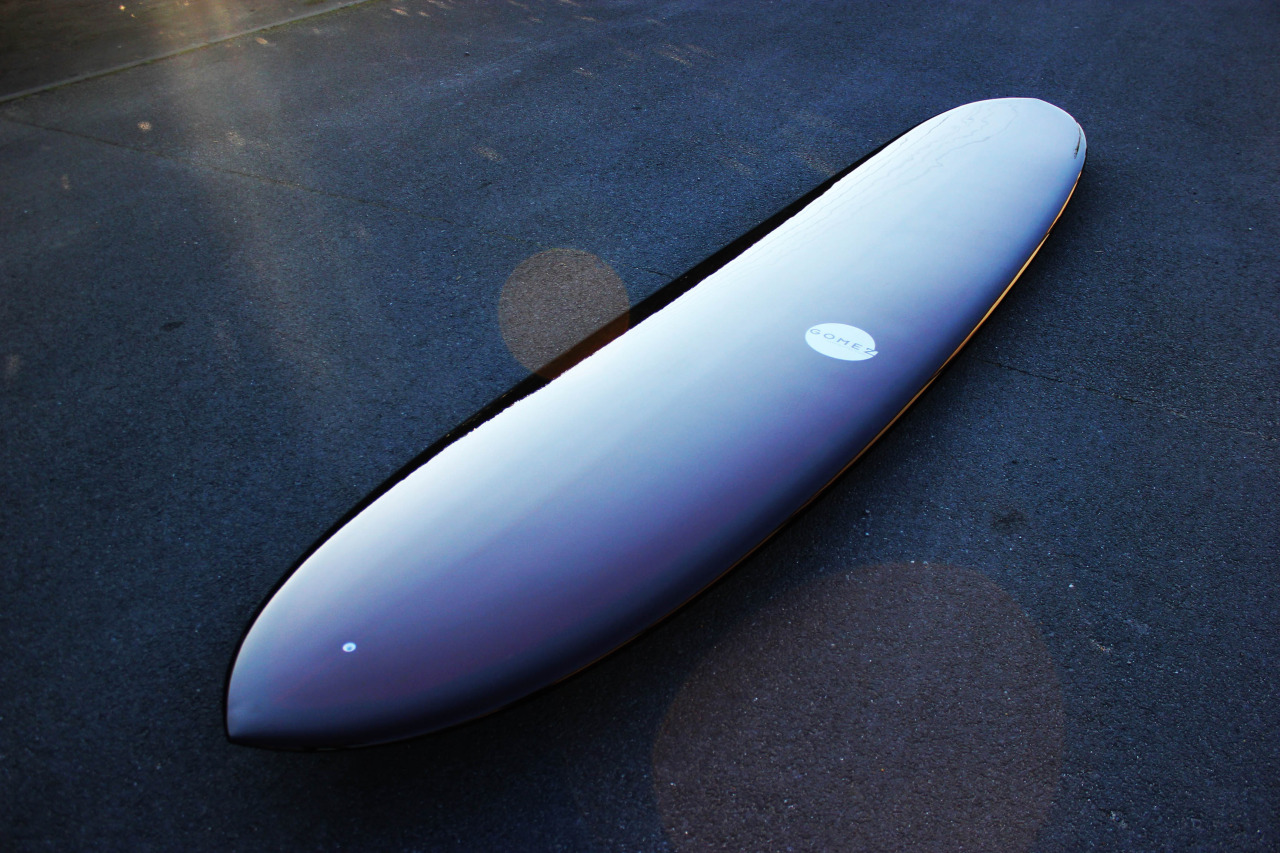
How were you introduced to surfing and shaping?
I started surfing when I was 10 on Oleron Island, in France. I was fascinated by the surf posters on the walls of my bedroom. It was an unknown world but it kept captivating me. Colours of the translucent tubes, guys in wet-suits with their neon decorated surfboards, and those remote destinations. At that time, I believed the world was huge, and unreachable. I was unable to point on a map to Malibu, Fiji, or Hawaii. But it was somewhere else and that was all that counted.
I quickly became passionate about surfboards, and was amazed to find out there were guys who were actually making a living from shaping. I was cutting pictures from magazines of shapers in action, and sticking them on books. I was attracted by the neon lights, and the atmosphere in the workshops.
To me, shapers and glassers are a lot like drummers in a band. The drummer is in the dark, at the back, he’s mysterious and we don’t talk much about him. However, without him, there’s no rhythm. Without him, music has no soul. It’s the same with the shaper, and even more so for the glasser.
What do you like the most in shaping?
I like to be an integral part of the scene while remaining outside this exhausting movement of the surf attitude. I like to be alone in my workshop, and I like my "factory brothers". I stopped going to school at 14 years old - I wanted to work and earn money, help my parents, buy me some big-brand shoes… so I learned carpentry, and then marine carpentry. For two years I worked but then I broke a finger in a piece of machinery. I had 3 months of sick leave and earned 2,500€ in compensation. I couldn't surf anymore, and for the first time in my life, had a big amount of money. So I spent it all on surf foams! In 3 months I shaped and glassed around 10 boards in my parent’s garage, teaching myself along the way. Then I learnt that one of the biggest workshops in Europe (UWL) was only 10 minutes away from my parents’ house. I went to see them and asked for a job, was rejected, but tried again, and again, until a place became available. I did a sanding test, and a month later they offered me a permanent contract. I was 17. That’s when everything started.
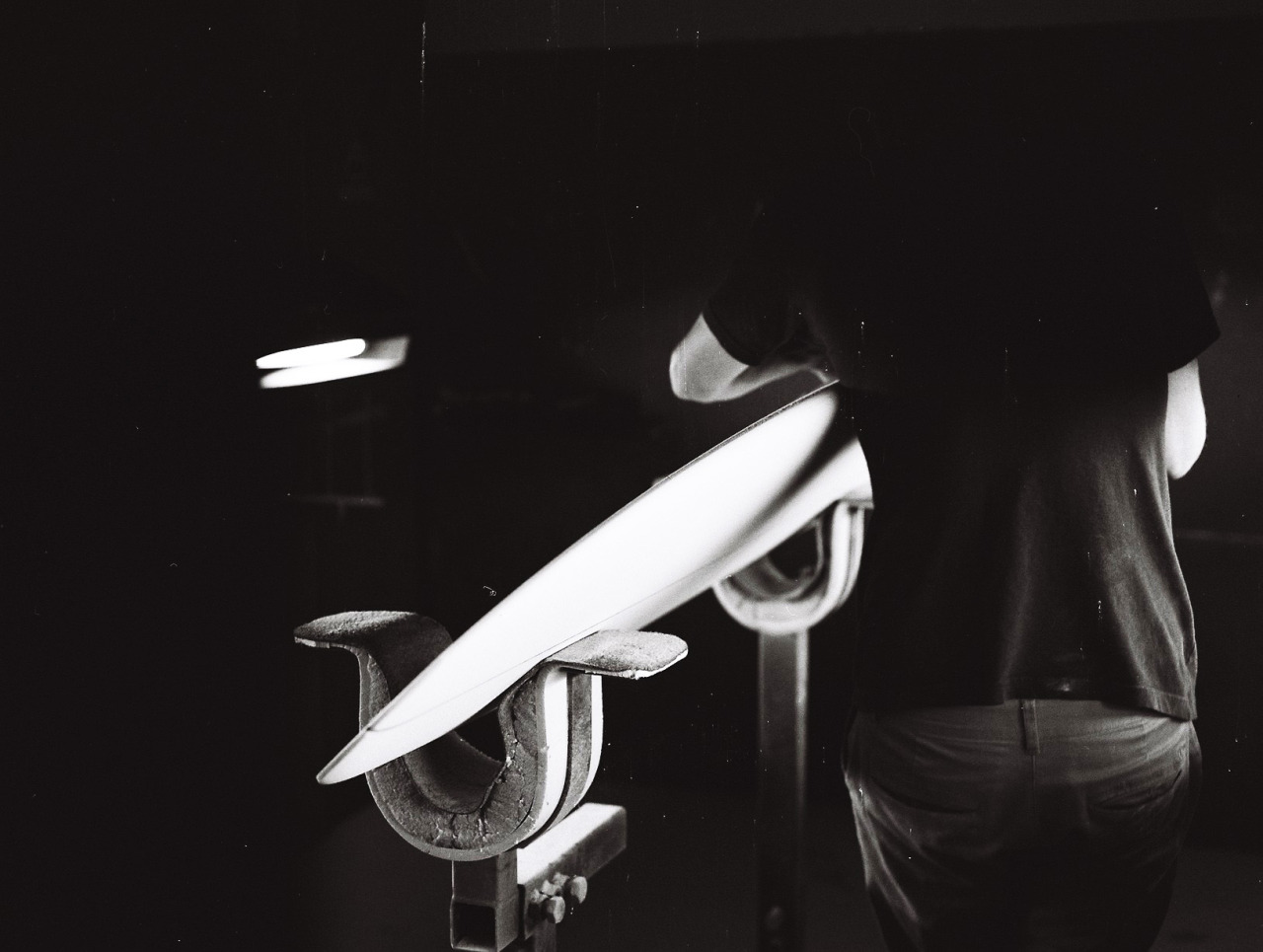
Being a shaper sounds like a cool job, but there are downsides, like the dust, the chemical fumes, and the hard manual work. You have to be very passionate to be a shaper, don’t you?
It's a fucked-up job! I often tell myself that I’m gonna stop and become a carpenter, work on the roof in the open air. It’s not always easy locked in a room, under the neon lights breathing that shit. Even in the smallest creative workshops, wherever in the world, if you want to make a living, you have to produce a big quantity of boards every month. But I guess it’s stronger than me, I don't think I’ll ever be able to stop. It’s like love, it’s destructive but we always go back to it.
Looking back at the past 10 years, everything in your life seems to be defined by surfing. Is surfing the main element determining your life?
I often look back, and without surfing, my life would have been so different. I think I would have still travelled, met great people along the way, and written books because those things have always been a part of me. Surfing is too immature to be responsible for 100% of these kind of actions. But surfing has always been the catalyst.
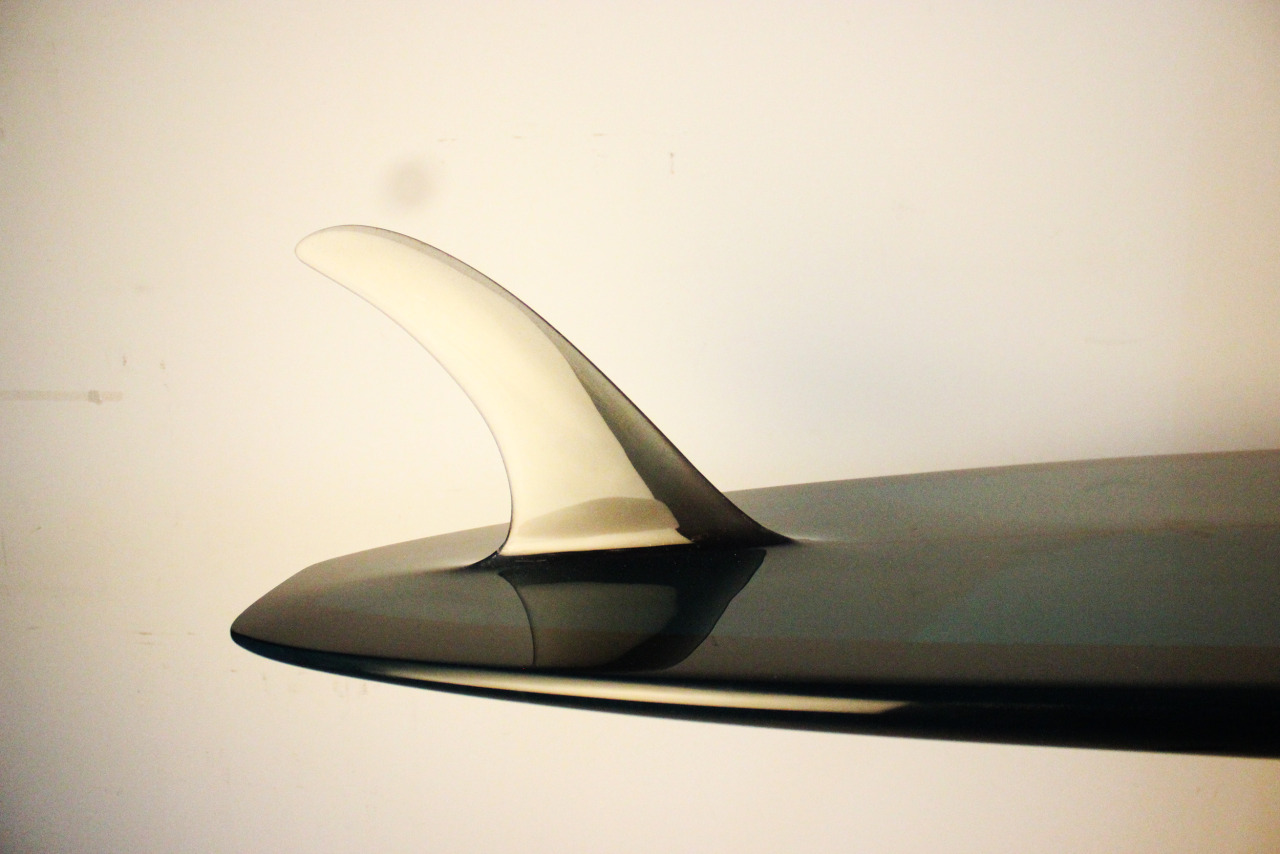
Throughout your travels, in Europe, Australia, Bali, or California, you were lucky to meet and work with some extraordinary people. Can you tell us more about them?
I’ve been really inspired by Robin Kegel from Gato Heroi. He’s a true genius, a real creator, with his vision of surfing, trips and his designs. I’ve always had respect for the Balinese fibre-glassers I've worked with. They work hard, their work is good but they earn a third of what I earn. Why? It’s been my big battle in Bali. Why should they be paid less than me or the Australian shapers? In France, there’s also Renaud Cardinal who has been a big influence on me, and taught me 75% of what I know today. In Australia, Carl Lamaitre is a very good shaper and glasser. He’s been working in the industry for 15 years. He’s quite negative towards the industry. He reached saturation point concerning the surfing industry. He remains authentic, shapes good boards (hulls and guns), and he's a really good big wave surfer. He always criticizes the surf business in his writings, taking the big brands and big workshops apart. It’s this side that I admire the most in him.
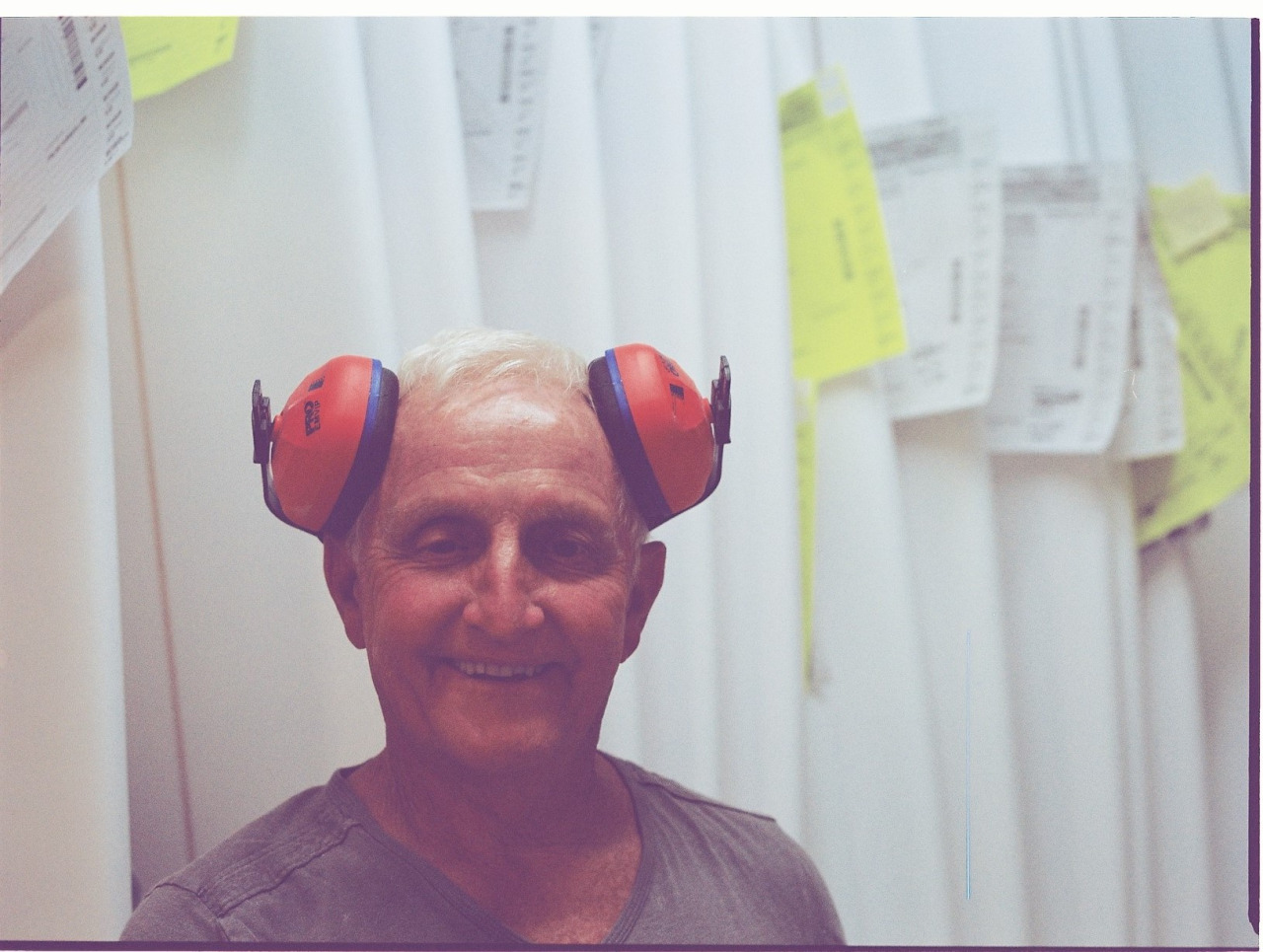
You call your friends your "Factory brothers". Is your world of shaping a family affair?
My shaping world has to stay a human adventure. Memories between friends who are glassers are real and authentic. The business side is harmful. It affects the magic side of shaping. Money lies to us. To me, the future of shaping relies on small workshops with no more than 3 or 4 rooms, a shed door letting the sun in, a ladder to access the roof to see the sea (like Catalyst in California), and garden chairs in front to admire the fields (like Blend Glassing in France). The future is in the hands of a small group of passionate professionals who create quality boards, with a light production rhythm, earn a good salary and have time to go surfing. That’s really important!
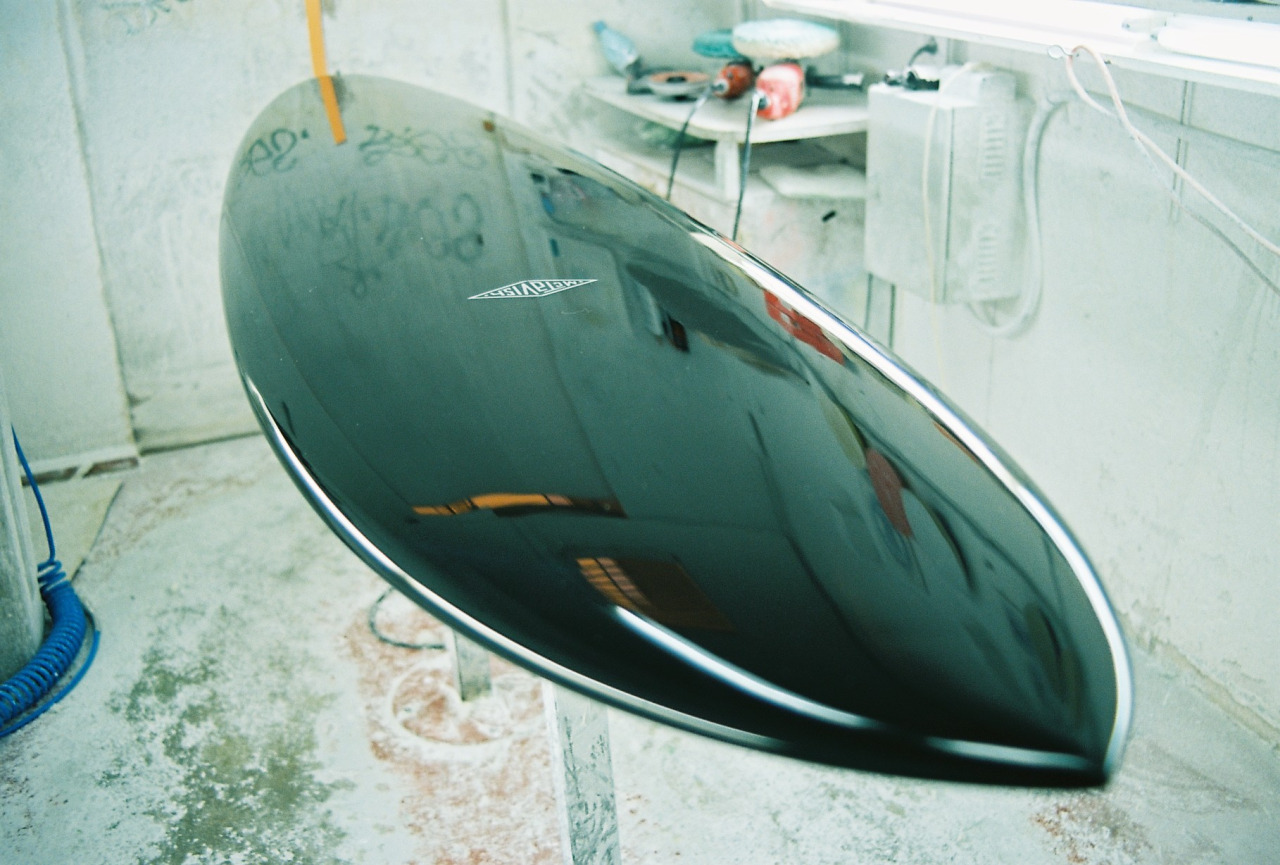
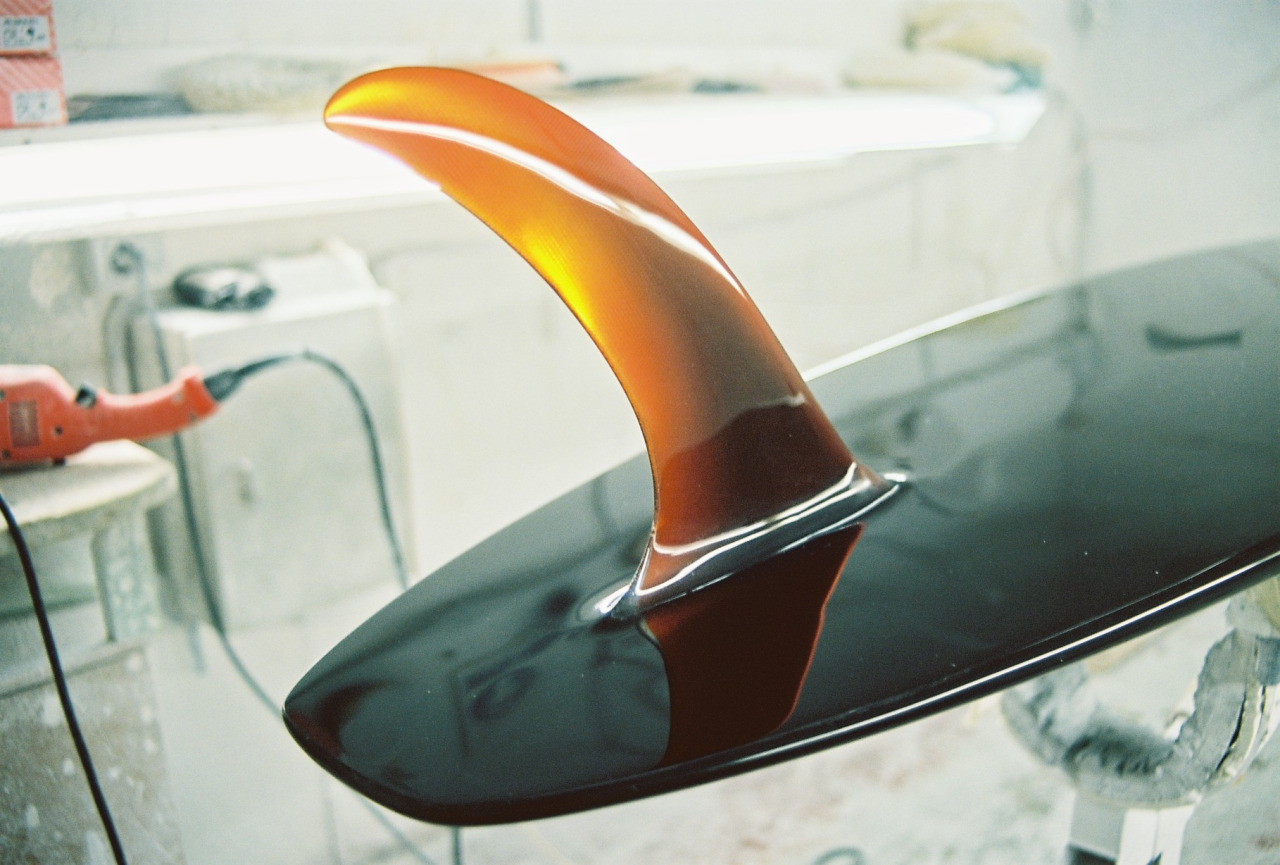
UWL, Daniel's Longboards, Blend, Pukas, Gato, Thomas Bexon… The list of shapers you worked with is quite impressive. How does it feel to come into a workshop and have to prove yourself to masters like Matt Biolos, Malcolm Campbell, or Juan Twycross?
How does it feel? Butterflies in the stomach and a lot of pressure! Every workshop, every set of tools, every resin is different. Every time, your habits are challenged, you’re alone with yourself and with your so-called "talent". It’s up to you to prove yourself while the master who’s been doing that for 30 years is behind you waiting to see the result. Once the first butterflies vanish, it’s okay. On the contrary, it’s good, this is how you learn new techniques.
You were lucky to meet Peter Daniels in 2010, a true legend in shaping. Can you tell us more about this extraordinary meeting?
I met Peter at Pukas. I knew he was a legend but not much more. There was this tall man in front of me, and at that time, all I could see was an old man with a stick. He kind of shaped one or two boards from time to time, hanging around the workshop between two trips. Peter liked me, we talked a lot about trips, I think he loved travelling. He often told me crazy stories of his life. He had a wife in Japan, a son not recognized. He had another wife in Brazil and another son, and another wife, etc. Actually I think, over time, he didn’t care that much about surfing anymore. Despite his age, he was still a real party animal! He was very funny. Then, suddenly he died last year. I read his biography and then it hit me, we just lost a true legend.
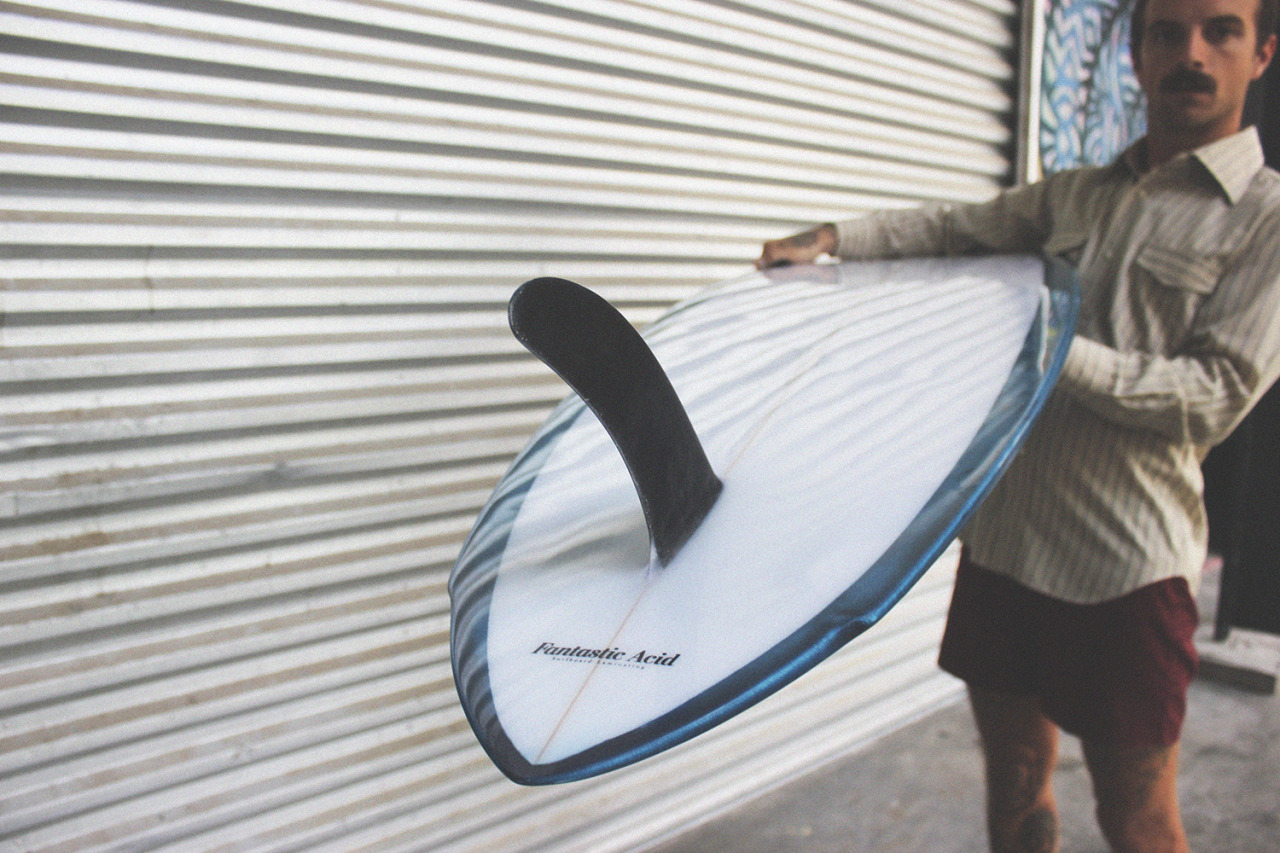
Would you like to share another story about shaping?
In 2011 we went to California for the surfboard company LOST for the first time. At the time, my friend Paul Lefèvre and myself were doing Lucky Bastards. Our task was to glass 80 surfboards with tinted resin. We were asked to do unique and unseen stuff. We had to innovate! The challenge was huge, so much pressure! On one of the first boards, Paul forgot to put the catalyst, so a part of the fibre glass didn’t dry. When we noticed it, it was too late. There was nothing to do except pulling out the first layer and glass over it in a transparent manner. But the whole colour of that first layer was on the foam base. It was awful! Pulling out the first layer, also pulled out parts of the foam base. The board was knackered! Dead! We used to work at night, so we were alone in the workshop. As it was the very first board, there was no serial number on it, so we considered destroying the board and throwing it in the garbage. We literally didn’t know what to do. Finally we glassed transparency over it and decided to say it was a deliberate effect. The next morning, Matt Biolos came into the room, saw the board and said "Whaaaaaa, I love this deco! How did you do that?" Two weeks later, at the Lost x Lucky Bastards Exhibition, it was the very first board they sold!
Over the years, you travelled a lot. Can you go back to that time of your life abroad?
I travelled for 6 years. I used to work from May to October in France, and worked abroad the rest of the year. I never had money and didn’t have a wealthy family. So financially, I didn’t have any choice but to work during my trips. So during summer in France, I saved money as much as I could, I tried to make a brand finance my trip (Lost or Gato Heroi), then, when I arrived in the country, I didn’t have money so I had to work. The more I stayed, the more it was profitable for me. So I used to work for 3 months here, 3 months there. My routine became surf-work, discovery, tourist visits, surf-work. In between work-trips, I used to stop in a country for 3 weeks, sometimes without surfing. I have been so lucky to do that, and I know it. I visited dozens of countries and have lived a dream life. At least, a life I dreamt of!
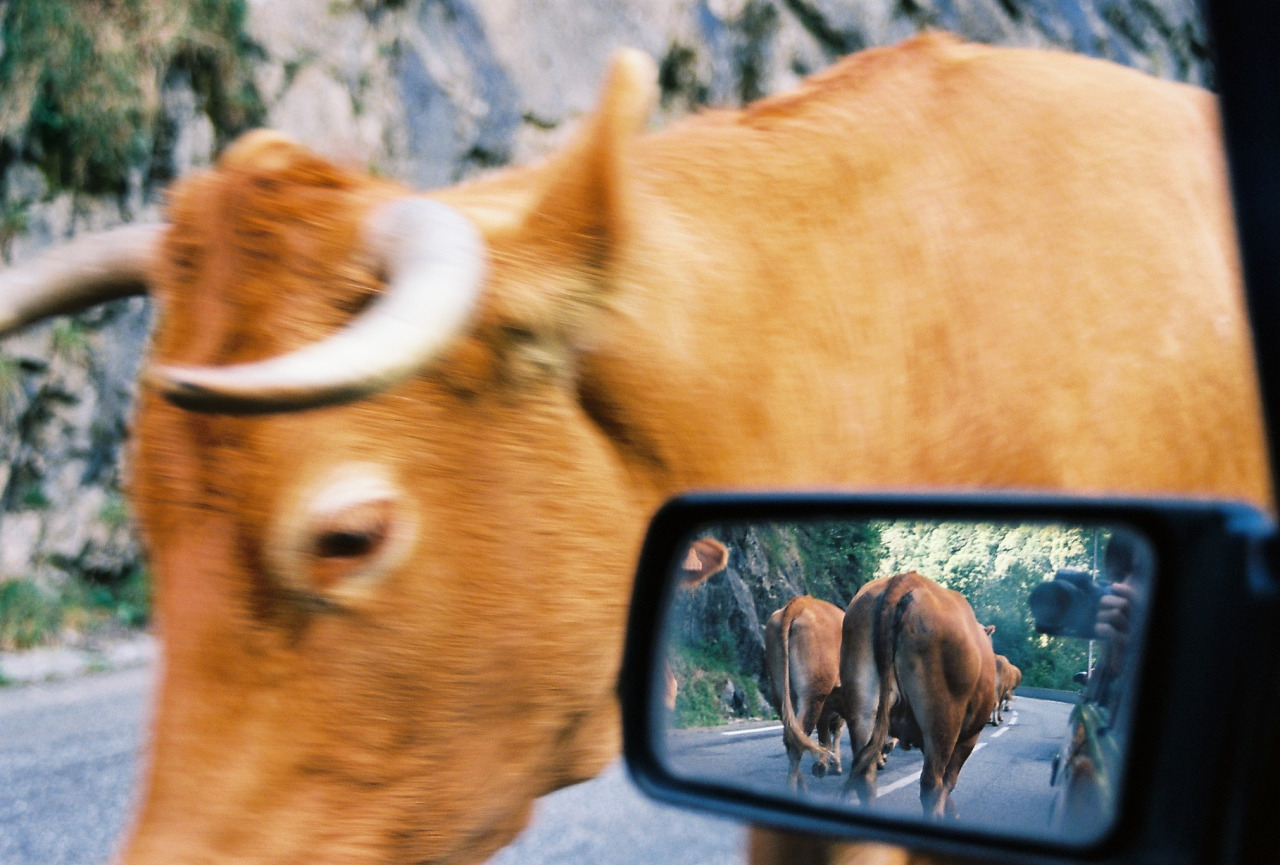
What did these trips bring to your vision of surfing?
My trips brought me everything, a kind of maturity, a responsible side, an eagerness for nature, self-discovery, my passion for photography and perhaps my anti-capitalist side! (laughs) Concerning surfing, my travels brought me a better knowledge of the sea, a more varied surfing style, and a growing passion for the ocean.
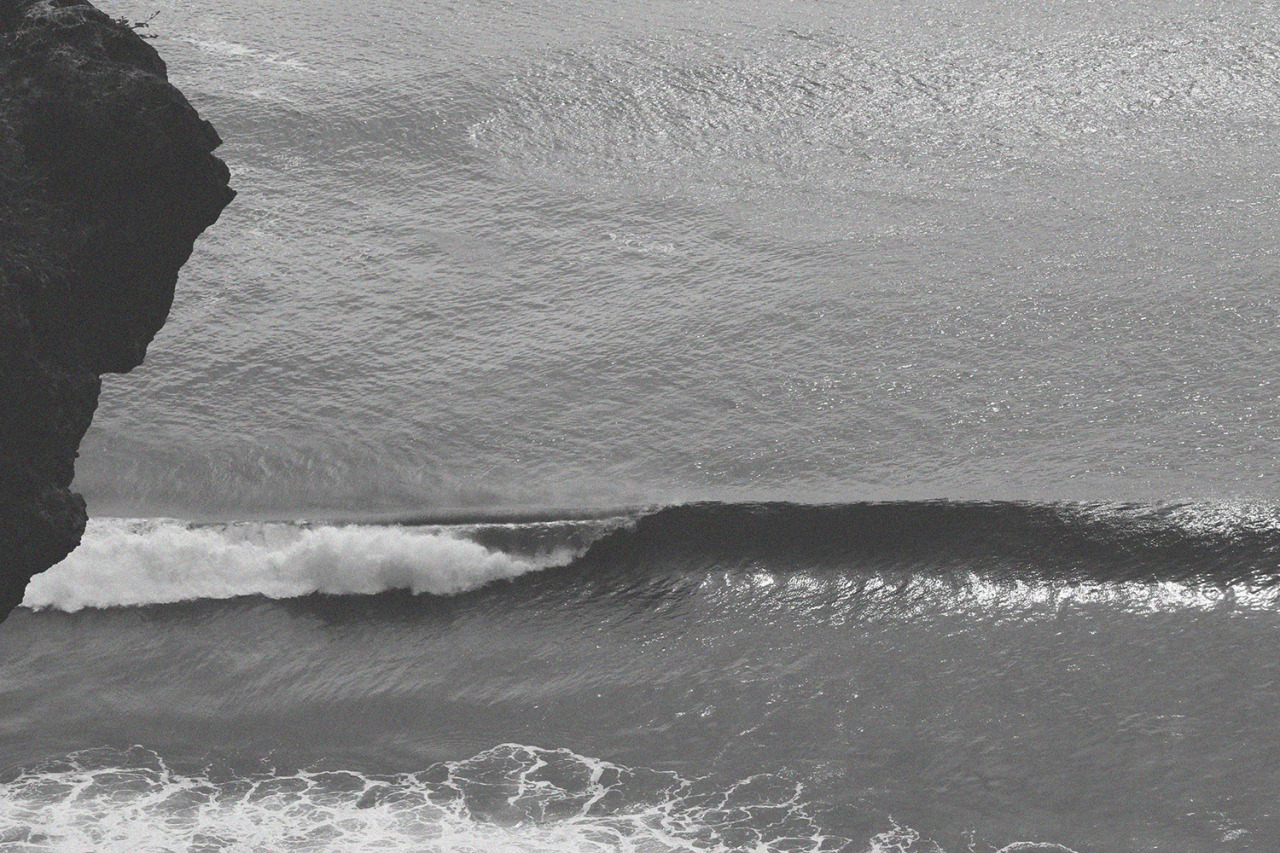
In the preface of your book, you talk about romanticism. What exactly do you mean?
It means ardour, it means working on every surfboard as if it is yours, touching the rails that become slimmer nearer the tail, and wanting, more than anything, to surf that board. Make her more beautiful, take care of her, think of her at night at home, dream of the next day to see the progress. To me, working with romanticism means getting involved beyond the limits of love for the object. It’s about ardour and melancholia created by passion.
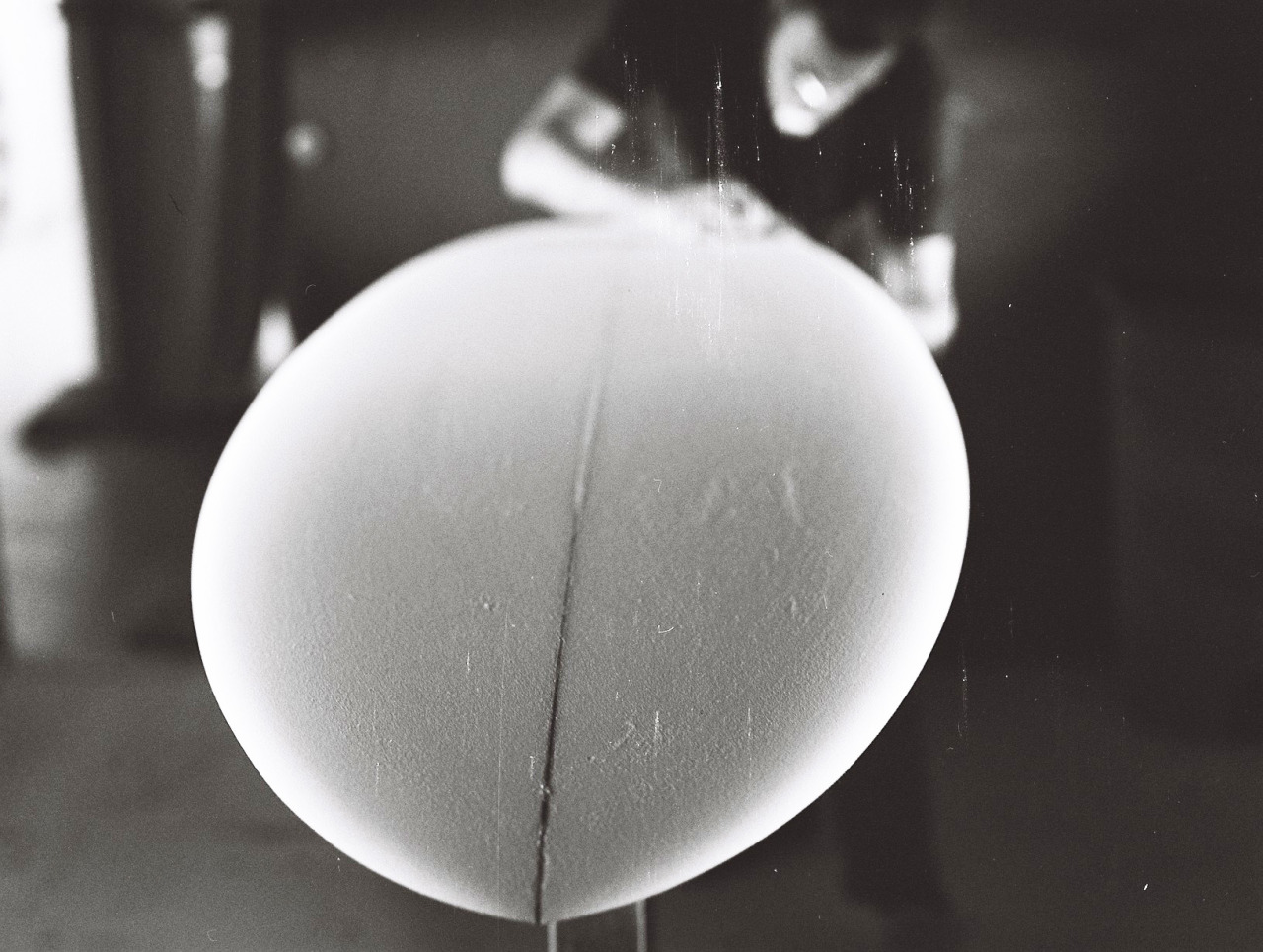
"One goal remains the same: Travel, Innovation and Ocean," says the preface of your book. How would you describe your relationship to the ocean?
My relationship to the ocean is inseparable from the one I have with shaping. I was attracted by making surfboards because I liked, above all, to have fun in the ocean. The ocean reinvigorates me, gives me faith in myself and in my job. If I stop surfing, I’ll also stop making boards. because it won't make sense anymore.
You live in Hossegor, France. What does your everyday life look like?
I go surfing if there are waves, then I drive to the workshop (Blend Glassing) in Soustons. I start glassing my bottoms, in general I do 3 or 4 boards. Then around 1pm, I eat and read a book while waiting for my boards to dry. Once the surfboards are dry, I start sanding my boards, glassing and tidying. Around 6pm, I come back home and go for a walk with Marine and our daughter, Louise. End.
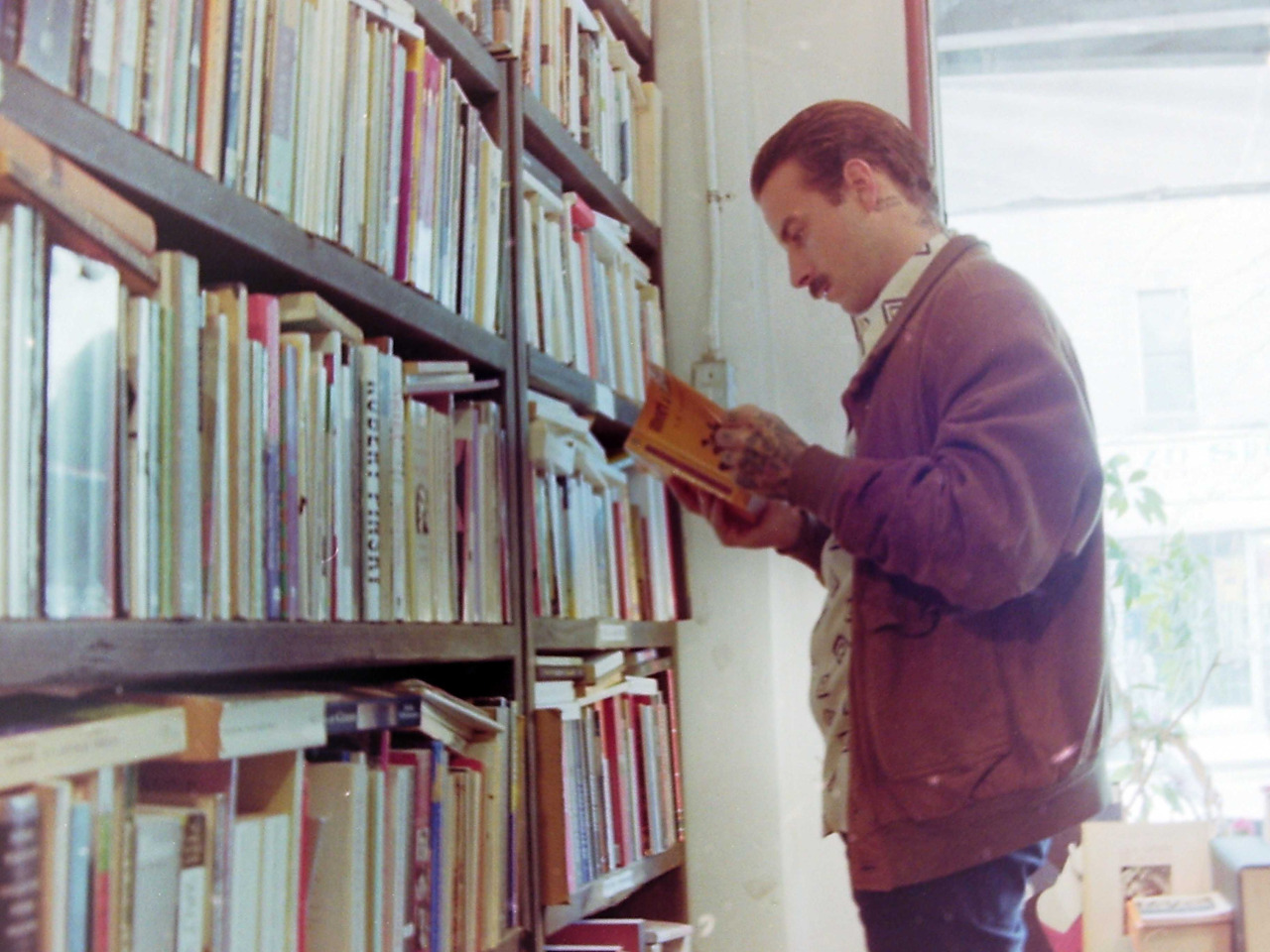
What are your plans today?
I’m waiting for my computer to die. Soon, I think. I won’t buy another one. I’m gonna delete my email address. I won’t have access to internet, I’m gonna delete my telephone contract. And I’m gonna live simply, surf, read all the books of the world. I mean, all of them! Sartre, Camus, Djian, Houellebecq, Blaise Cendrars, Fante, Kerouac, Tesson, Marx, Henrry Miller, Louis Ferdinand Céline… My plan is to make beautiful boards, drink good teas, and most of all, enjoy my time with Marine and my daughter Louise, who are, without doubt, the most beautiful and amazing gifts of all my trips.
Follow Tristan's work on his website before he completely disconnects from the virtual life.
You can now purchase his book on Editions Octobre Rouge.

